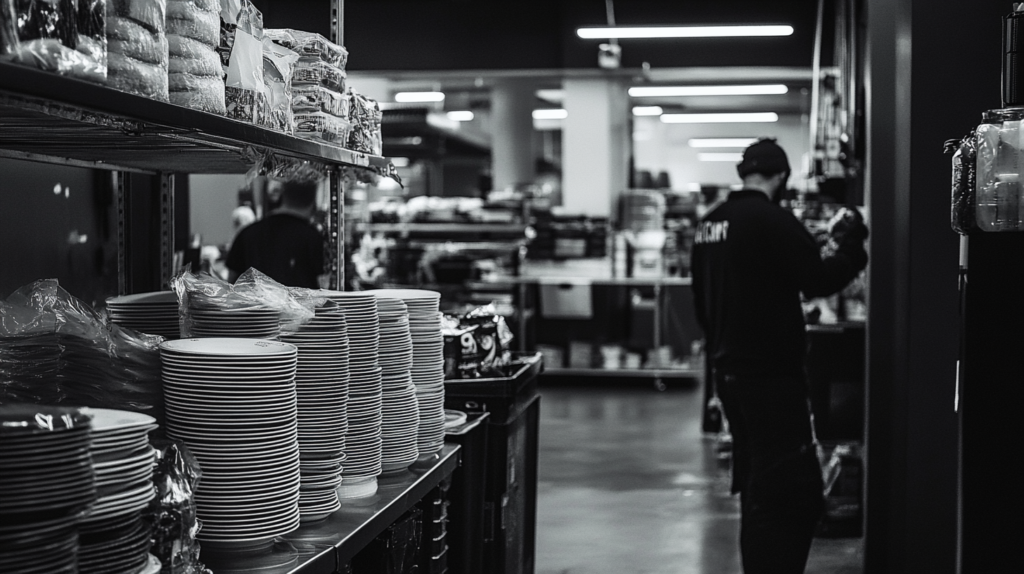When COVID came, I remember the shock that kind of ran through me and everyone around me. Initially, my whole family and I were like, oh, there’s no way that’s real. But we started putting masks on super early in hopes to protect ourselves. to prevent ourselves from getting sick, we were seeing the death tolls rise on tv, and all of us were filled with anxiety.
I know there was a point when we were not going outside we would go outside in our backyards, but we wouldn’t go to any grocery stores for three or four weeks. We were all so anxious about it. I remember how everything closed down. At the time, I wasn’t in the dorms, but I was going to classes pretty regularly.
And I was in a dance degree, too, so that was very hands-on. And I remember when that went online, how strange that was, to be dancing in the small corner of my bedroom, on Zoom, and no one could really see me. I couldn’t see anyone else. How isolating it was. But I think it also gave me a lot of time to rest and relax.
Before that I was going through a really hard period, so COVID gave me a moment to take a step back and think about who I am and what I need. And I think it helped me progress into the person I am today, even though it definitely did affect my feelings in life. It also helped me to heal from things that I think I was so busy ignoring.



